CLASS I RAILROAD
Union Pacific: Building America since 1862, now poised to create the first coast-to-coast transcontinental railroad network with over 50,000 route miles across 43 states. Union Pacific moves essential goods for American industry, connecting 100 ports and nearly every major manufacturing hub in North America.
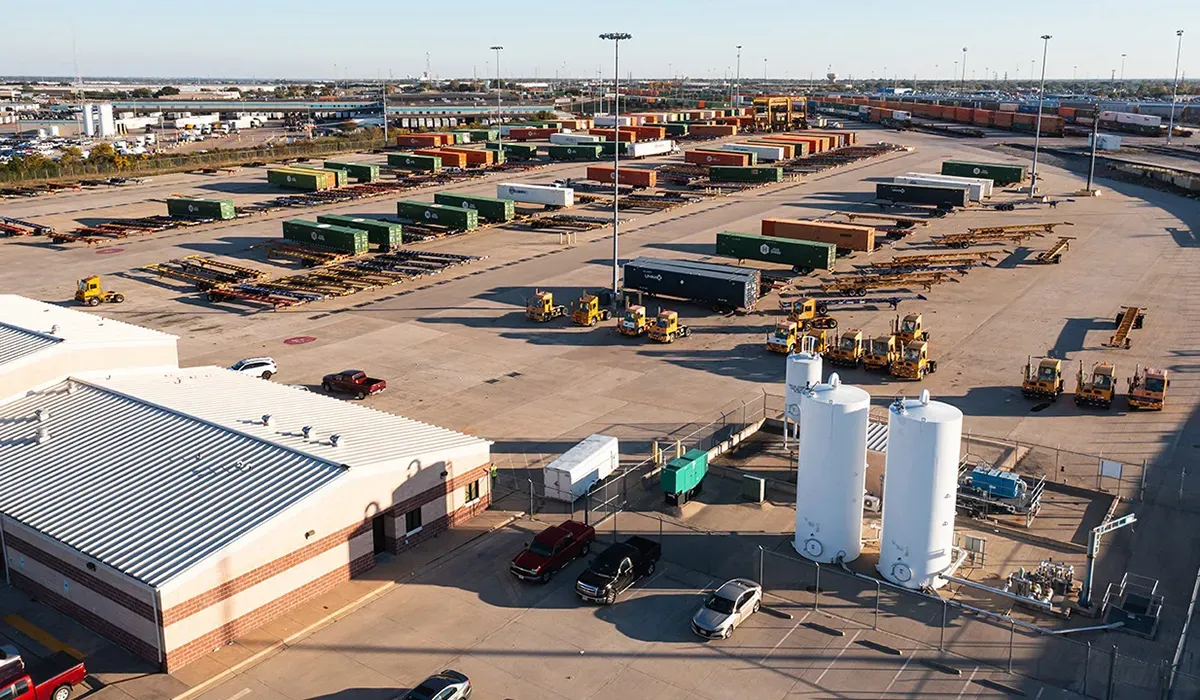

Union Pacific Railroad is a Class I freight railroad operating one of North America's most extensive rail networks, connecting businesses across 23 western U.S. states with safe, efficient, and environmentally responsible transportation solutions.

FOUNDING HISTORY & ORGANIZATIONAL STRUCTURE
Union Pacific was founded in 1862 by an act of Congress signed by President Abraham Lincoln, originally to build the first transcontinental railroad. Over the years, Union Pacific absorbed several major railroads, including Missouri Pacific, Western Pacific, Missouri–Kansas–Texas, Chicago, Rock Island and Pacific, and merged with Chicago and North Western in 1995 and Southern Pacific in 1996, greatly expanding its reach..
HEADQUARTERS & OPERATIONAL BASES
Union Pacific’s headquarters is located at 1400 Douglas Street, Omaha, Nebraska. The Union Pacific Center is a modern, multi-story facility that serves as the central hub for executive leadership, strategic planning, and operational oversight of the railroad’s vast network..
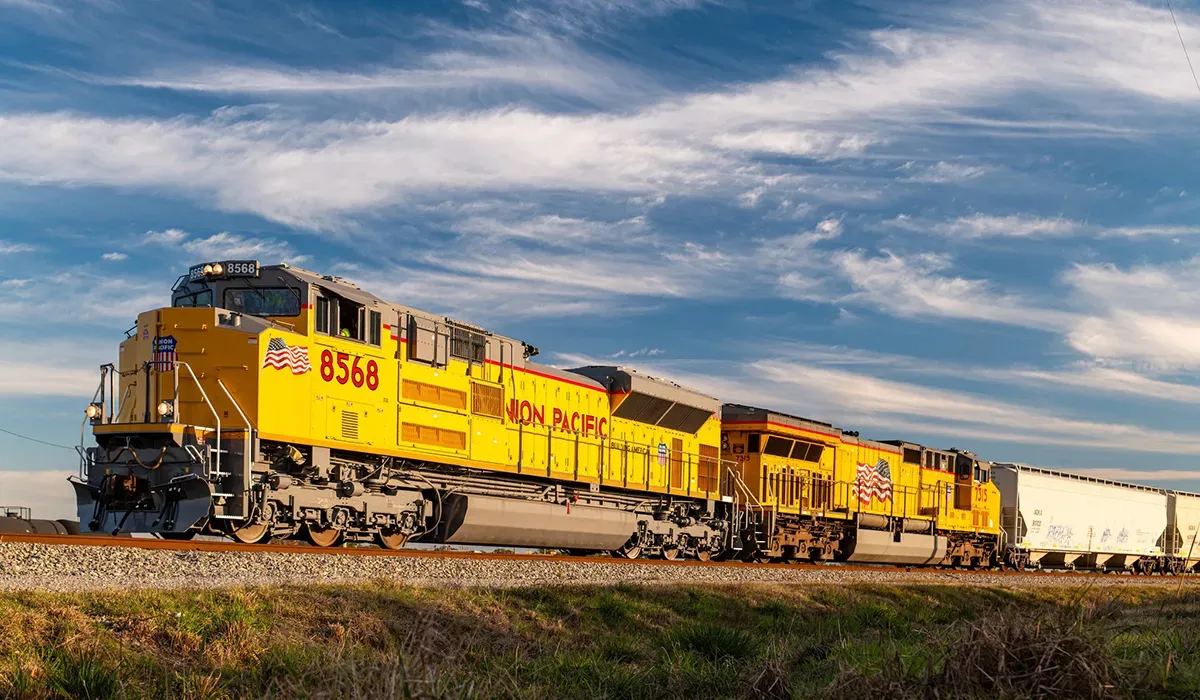
LEADERSHIP & EMPLOYEES
Jim Vena serves as CEO and President of Union Pacific Railroad. The executive team includes Jennifer Hamann as Chief Financial Officer, who brings extensive experience in finance and operations, and Beth Whited as Chief Human Resource Officer, overseeing workforce strategy and diversity initiatives. The leadership team is focused on safety, service, and operational excellence, with backgrounds in transportation, logistics, and technology.
Union Pacific employs approximately 32,000 people, with about 25,000 serving as skilled craftspeople, maintenance workers, and service teams. The company has made significant efforts to increase workforce diversity and inclusion, with a growing percentage of women and minorities in operational and leadership roles.
FACILITIES & OPERATIONS
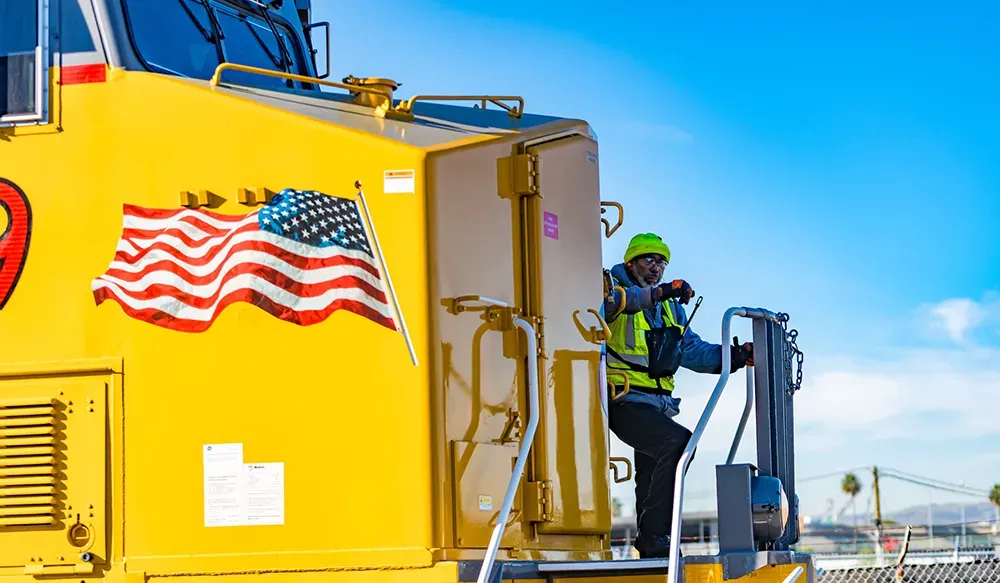
Major facilities include the Bailey Yard in North Platte, Nebraska, which is the world’s largest rail classification yard, the Englewood Yard in Houston, Texas, the West Colton Yard in Colton, California, the Roseville Yard in Roseville, California, the Livonia Yard in Louisiana, the Proviso Yard in Chicago, Illinois, and the Hinkle Yard in Hermiston, Oregon. The company also operates key intermodal terminals in Los Angeles, Dallas, and Salt Lake City.
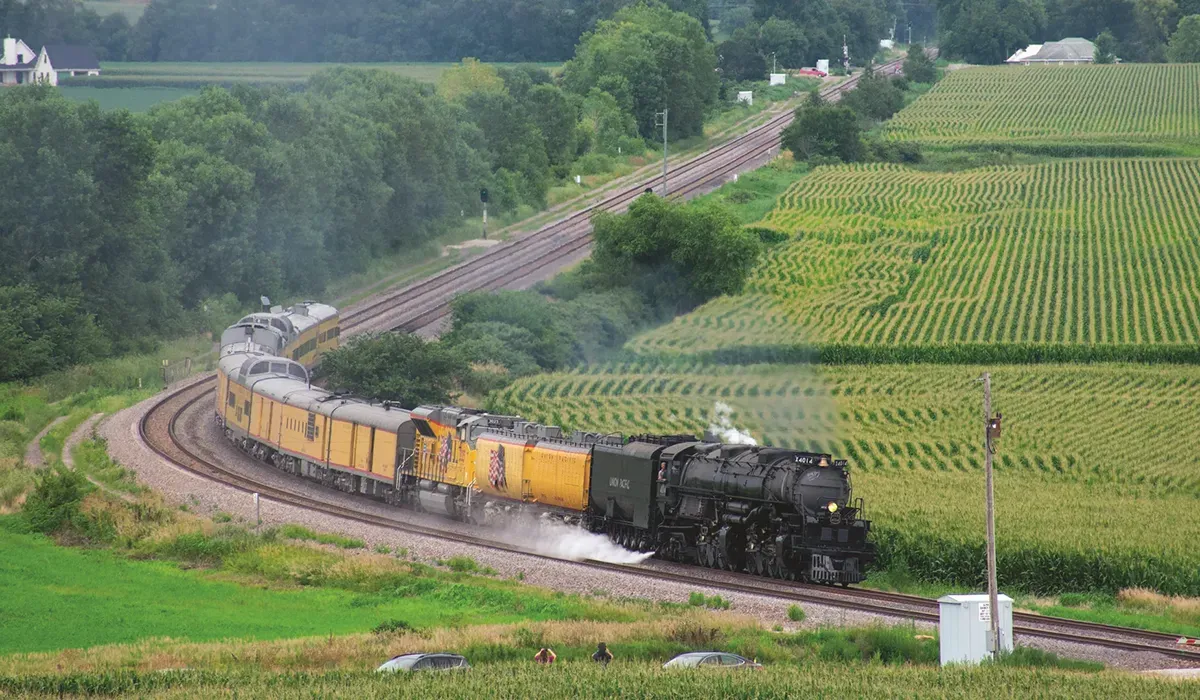
Union Pacific maintains ISO 14001 environmental certification at several facilities and has received multiple safety awards from the Federal Railroad Administration. The company is fully compliant with FRA regulations and has been recognized for its commitment to workplace safety and environmental stewardship.
EQUIPMENT & INFRASTRUCTURE
Union Pacific handles a wide range of container types, including standard intermodal containers up to 53 feet, boxcars for bulk commodities, tank cars for chemicals and petroleum products, and specialized flatcars for automotive and oversized freight. The company’s intermodal containers are designed for high-capacity, efficient transfer between rail, truck, and ship.
Union Pacific utilizes advanced technology platforms such as the UP Vision system for real-time tracking and dispatch, a customer portal for shipment management, and an API Center for seamless integration with customer logistics systems. Automation technologies include automated obstacle scanners and predictive maintenance systems to enhance safety and efficiency.
Union Pacific’s geographic scope covers 23 U.S. states, with a network of 32,200 route miles. Key corridors include the transcontinental route from Chicago to Los Angeles, the Pacific Northwest to Texas, and major north-south lines connecting the Midwest to the Gulf Coast. The planned merger with Norfolk Southern will expand coverage to 43 states and over 50,000 route miles, creating a true coast-to-coast network.
Union Pacific partners with major railroads such as BNSF, CSX, Canadian National, and Canadian Pacific, as well as leading ocean carriers and logistics companies like Maersk, Hapag-Lloyd, and Schneider National. These partnerships enable seamless intermodal service and global supply chain connectivity.
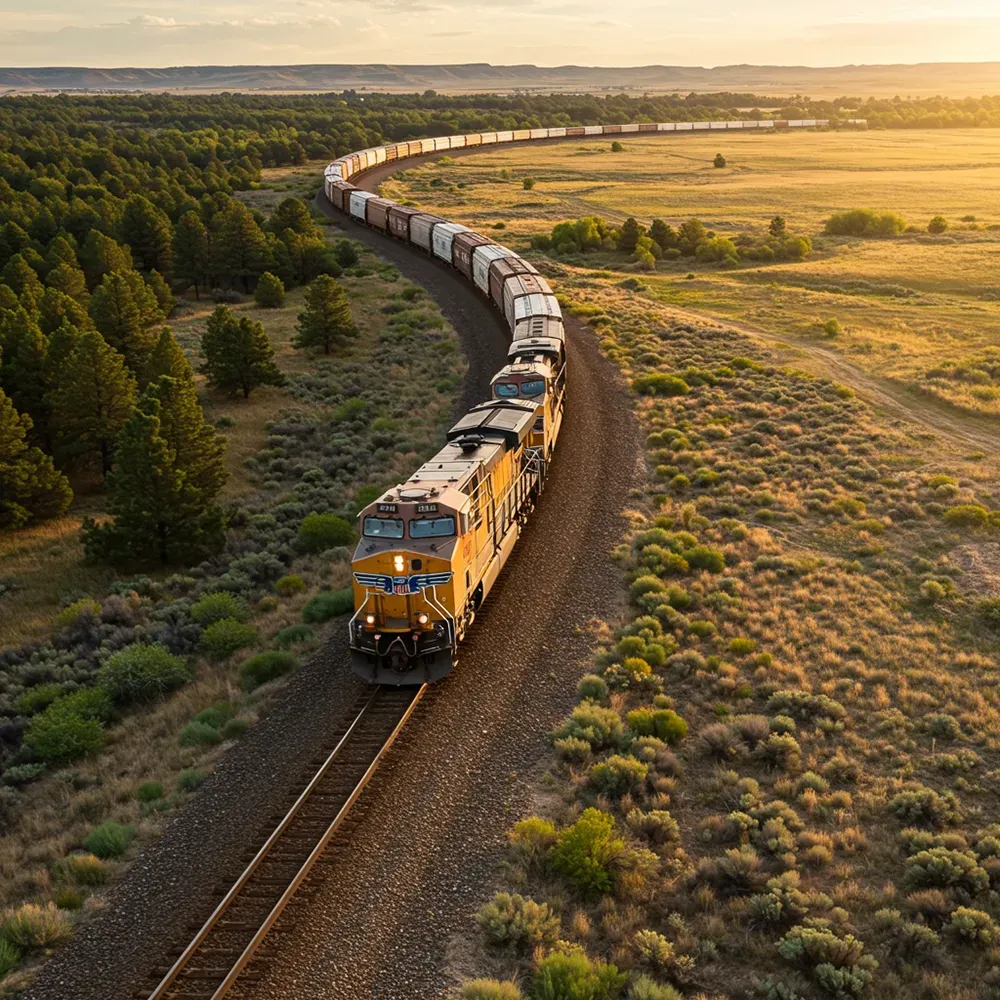
FINANCIAL METRICS & STABILITY
In 2024, Union Pacific reported a pre-tax profit of $7.2 billion on revenues of $24.1 billion. The company’s operating ratio improved to 58.5 percent, reflecting enhanced operational efficiency and cost control.
Recent capital investments include $3.5 billion in infrastructure upgrades, new locomotives, and technology enhancements. In 2023, Union Pacific acquired several regional rail assets and announced the $85 billion merger agreement with Norfolk Southern to create the first transcontinental railroad network.
SERVICE PORTFOLIO

Union Pacific offers a range of logistics services, including full container load and less than container load shipments. Additional services include customs brokerage, trade compliance consulting, cargo insurance, and supply chain optimization. The company provides tailored solutions for automotive, agricultural, chemical, and industrial customers.

Union Pacific has launched a new customer portal to enhance self-service capabilities and improve day-to-day activities for its clients. Additionally, the company offers an API Center to facilitate seamless integration with customer systems, enabling real-time tracking, reporting, and shipment management.
INDUSTRY REPUTATION & NEWS
Union Pacific is actively working to enhance operational efficiency and service quality. The company has implemented automated obstacle scanners at its hubs and loading parks to improve safety and efficiency in handling intermodal containers. Recent news includes the ratification of a five-year labor agreement with the National Conference of Firemen and Oilers, supporting workforce stability.
Union Pacific’s Site Certification Program has identified optimal rail-served sites and conducts in-depth reviews to ensure readiness for development. This program aims to minimize development risks for customers and enhance supply chain efficiency. The company has received multiple awards for safety, environmental stewardship, and operational excellence.
ANALYSIS & FUTURE OUTLOOK